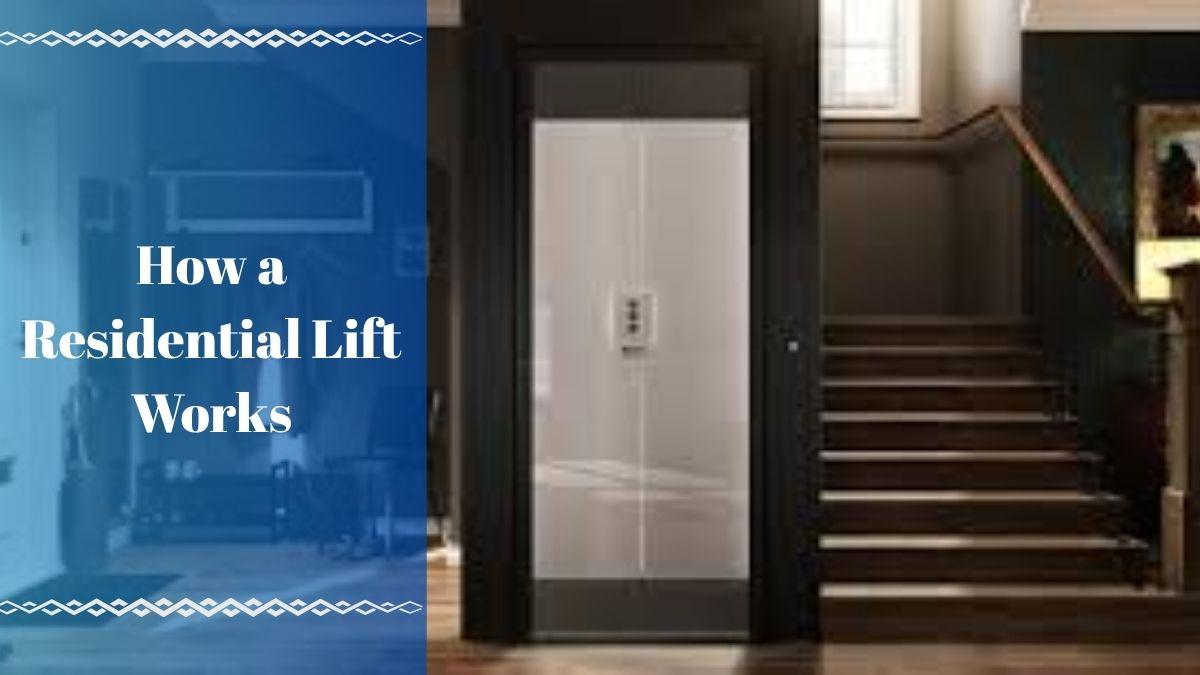What are the routine maintenance tasks a home elevator company must do?
A reliable home elevator needs periodic maintenance to run safely and smoothly, and a good service provider should offer a complete checklist of technical and safety tasks. The first step is a thorough safety inspection, checking door interlocks, emergency stop buttons, levelling accuracy, and brake systems. The doors are tested for alignment, sensor response, and smooth opening/closing because door faults are one of the most common issues in home lifts.
Technicians must inspect the drive system, whether traction, hydraulic, or platform-based. This includes checking rope tension, motor performance, pulleys, fluid levels (for hydraulic lifts), and ensuring quiet, vibration-free travel. The electrical and control systems also require attention, including wiring, battery backup (ARD/UPS), fuses, control panels, and cabin indicators.
A proper maintenance session also covers guide rail lubrication, shaft cleaning, pit inspection, and ensuring buffers, springs, and rails are in perfect condition. Inside the cabin, buttons, lighting, ventilation, and COP displays are tested to avoid user inconvenience.
Good service providers also offer diagnostic reports, replacement recommendations, and long-term performance insights. Regular servicing not only increases safety but also extends the life of your home elevator.
https://atticoelevators.com/our-products/home-elevators/
#homeelevatormaintenance #elevatorservice #routinecheck #homesafety #liftsystemcare #elevatortechnician #elevatorcompany
A reliable home elevator needs periodic maintenance to run safely and smoothly, and a good service provider should offer a complete checklist of technical and safety tasks. The first step is a thorough safety inspection, checking door interlocks, emergency stop buttons, levelling accuracy, and brake systems. The doors are tested for alignment, sensor response, and smooth opening/closing because door faults are one of the most common issues in home lifts.
Technicians must inspect the drive system, whether traction, hydraulic, or platform-based. This includes checking rope tension, motor performance, pulleys, fluid levels (for hydraulic lifts), and ensuring quiet, vibration-free travel. The electrical and control systems also require attention, including wiring, battery backup (ARD/UPS), fuses, control panels, and cabin indicators.
A proper maintenance session also covers guide rail lubrication, shaft cleaning, pit inspection, and ensuring buffers, springs, and rails are in perfect condition. Inside the cabin, buttons, lighting, ventilation, and COP displays are tested to avoid user inconvenience.
Good service providers also offer diagnostic reports, replacement recommendations, and long-term performance insights. Regular servicing not only increases safety but also extends the life of your home elevator.
https://atticoelevators.com/our-products/home-elevators/
#homeelevatormaintenance #elevatorservice #routinecheck #homesafety #liftsystemcare #elevatortechnician #elevatorcompany
What are the routine maintenance tasks a home elevator company must do?
A reliable home elevator needs periodic maintenance to run safely and smoothly, and a good service provider should offer a complete checklist of technical and safety tasks. The first step is a thorough safety inspection, checking door interlocks, emergency stop buttons, levelling accuracy, and brake systems. The doors are tested for alignment, sensor response, and smooth opening/closing because door faults are one of the most common issues in home lifts.
Technicians must inspect the drive system, whether traction, hydraulic, or platform-based. This includes checking rope tension, motor performance, pulleys, fluid levels (for hydraulic lifts), and ensuring quiet, vibration-free travel. The electrical and control systems also require attention, including wiring, battery backup (ARD/UPS), fuses, control panels, and cabin indicators.
A proper maintenance session also covers guide rail lubrication, shaft cleaning, pit inspection, and ensuring buffers, springs, and rails are in perfect condition. Inside the cabin, buttons, lighting, ventilation, and COP displays are tested to avoid user inconvenience.
Good service providers also offer diagnostic reports, replacement recommendations, and long-term performance insights. Regular servicing not only increases safety but also extends the life of your home elevator.
https://atticoelevators.com/our-products/home-elevators/
#homeelevatormaintenance #elevatorservice #routinecheck #homesafety #liftsystemcare #elevatortechnician #elevatorcompany
0 Commentarii
0 Distribuiri
50 Views
0 previzualizare






